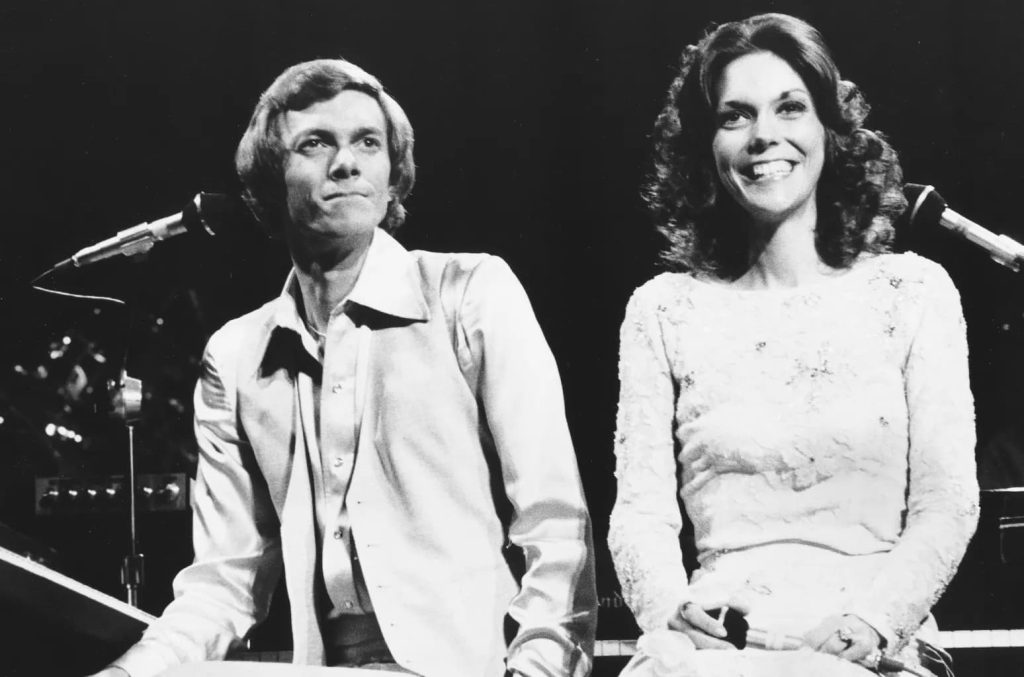
The Carpenters’ Uplifting Take on “Sing”: A Song for All Ages
The year was 1973, a time of both turbulence and tenderness, and into this world came a song that offered a simple, yet profound message of hope and unity: “Sing” by The Carpenters. This wasn’t just another hit single for the brother-sister duo; it was an invitation, an encouragement to embrace the simple act of singing as a means of connection and joy. While often associated with children due to its use on the popular children’s television program Sesame Street, “Sing” resonates deeply with listeners of all ages, reminding us of the power of music to transcend boundaries and evoke universal emotions.
The Carpenters, comprised of Karen Carpenter’s velvety smooth vocals and Richard Carpenter’s meticulous arrangements, had already established themselves as purveyors of sophisticated pop music. Their sound, characterized by lush orchestrations, impeccable harmonies, and Karen’s distinctive contralto, was a welcome respite from the harder rock and more experimental sounds emerging at the time. “Sing”, however, represented a slight departure, embracing a more straightforward, almost childlike simplicity. This was a deliberate choice, reflecting the song’s origins and its intended message.
Written by Joe Raposo for Sesame Street, “Sing” was initially intended for children, but the Carpenters recognized its broader appeal. They infused the song with their signature polish, elevating it beyond its origins and creating a timeless classic. The arrangement is deceptively simple, built around a catchy melody and a repetitive, yet uplifting lyric. Yet, it’s in this simplicity that the song’s true genius lies. It’s accessible, memorable, and instantly relatable, tapping into the innate human desire to express oneself through music.
Karen Carpenter’s vocal performance is, as always, a masterclass in understated emotion. She delivers the lyrics with a gentle sincerity, conveying a sense of warmth and invitation. There’s no grandstanding or vocal acrobatics, just a pure, unadorned delivery that perfectly complements the song’s message. Richard Carpenter’s arrangement, while seemingly simple, is meticulously crafted, providing a solid foundation for Karen’s vocals and adding subtle touches of orchestration that enhance the song’s emotional impact.
“Sing” reached number 3 on the Billboard Hot 100 chart in the United States, further cementing The Carpenters’ place as one of the most successful pop acts of the 1970s. Its success wasn’t just commercial; it also resonated culturally, becoming an anthem of positivity and unity. Even today, decades later, “Sing” continues to be a beloved classic, played at weddings, graduations, and other celebrations of life’s joys. It’s a testament to the enduring power of a simple song, delivered with sincerity and artistry. It reminds us all that sometimes, the most profound messages are conveyed through the simplest of means.